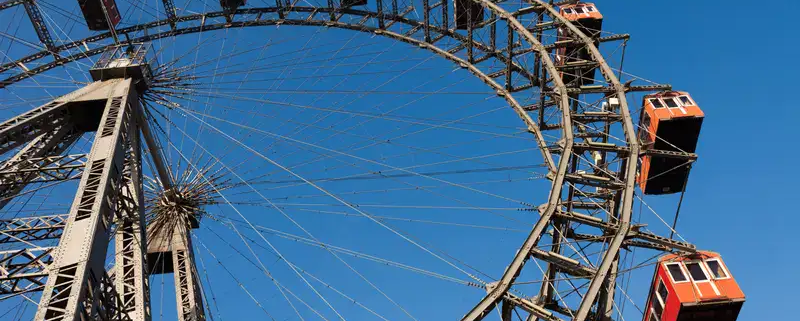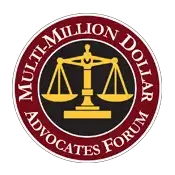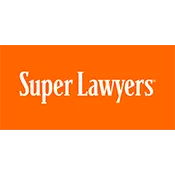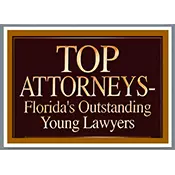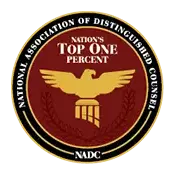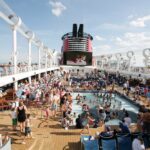How You Can Be Compensated For Theme Park Injuries
There are many different types of legal claims which are available to people who have been injured on an amusement park ride. Even though the specific claim will depend on the nature of the accident, two of the most common are negligence and product liability. If an amusement park accident was due to the carelessness or inattention of the park or a park employee, then the most like.y legal claim is for negligence. In a standard negligence claim, the plaintiff needs to prove that the law stipulated the defendant to be reasonably careful, that the defendant was not careful, and that this carelessness was what caused the plaintiff to be injured. Read on to learn more about how you may be owed compensation for theme park injuries and what steps you should take if this is the case.
Firstly, note that the amusement park is responsible for all of the actions of its employees. This means that if an employee is negligent, then the injured parties involved can sue the park for that employee’s actions. The park or its employees may be negligent due to affirmatively doing something or by failing to do something. Examples of such negligence include:
- Failing to post clear warning signs that, for example, customers with blood pressure or heart issues should not go on a ride
- Posting signs that don’t warn riders adequately of the risks that are involved
- Failing to train ride operators properly
- Failing to maintain equipment in a safe condition
- Failing to inspect the rides regularly
- Operating a ride improperly or
- Providing incorrect instructions to riders
Product Liability Injuries
Certain accidents at amusement parks can be the result of defective rides or components and not by improper maintenance, inspection, operation, or use. For example, if a lap bar is designed faultily, then the bar may unlatch mid-ride so that the rider falls to the ground. Structural or design defects in the ride itself may result in defective product liability claims against the manufacturer of the ride or the maker of the defective part. In such cases, the plaintiff has to prove that the structure, equipment, or part was defective and that the defect specifically caused injury or death to the victim.
It is important to also be informed regarding the defenses that could be involved in a case. There are many defenses that amusement parks and ride manufacturers may raise in a personal injury lawsuit. Here are some of the most common ones in lawsuits with amusement park rides.
- Assumption of The Risk- If somebody knows that participating in an act or event is inherently dangerous, but chooses to participate anyways.
- Rider Non-Compliance With Safety Rules- If the injured rider did not comply with posted age, weight, or height requirements
- Disclaimers on Amusement Park Admission Tickets
If you are involved with a personal injury lawsuit in an amusement park, it is important to know your rights and how you may be able to be compensated. Contact Madalon Law today to protect your rights and set up a consultation.
